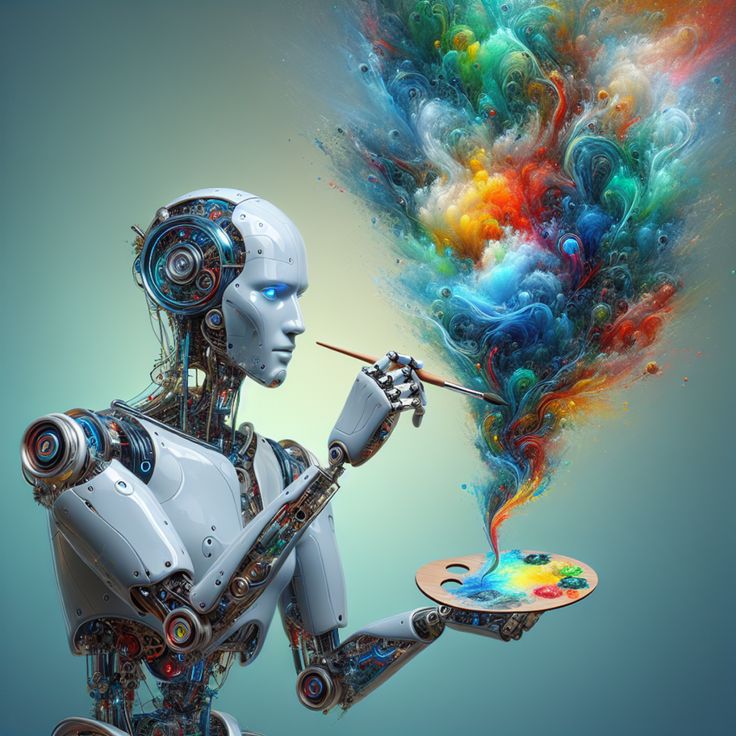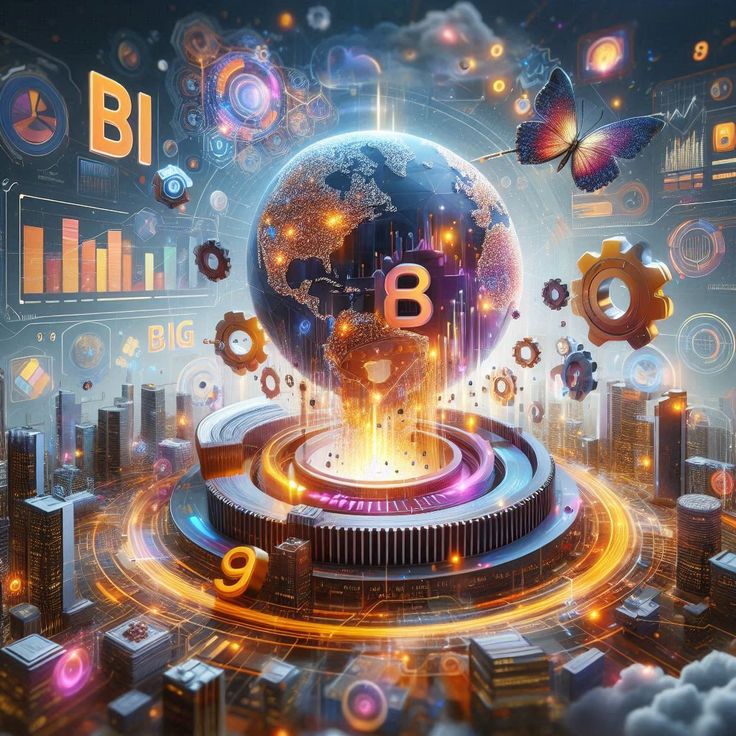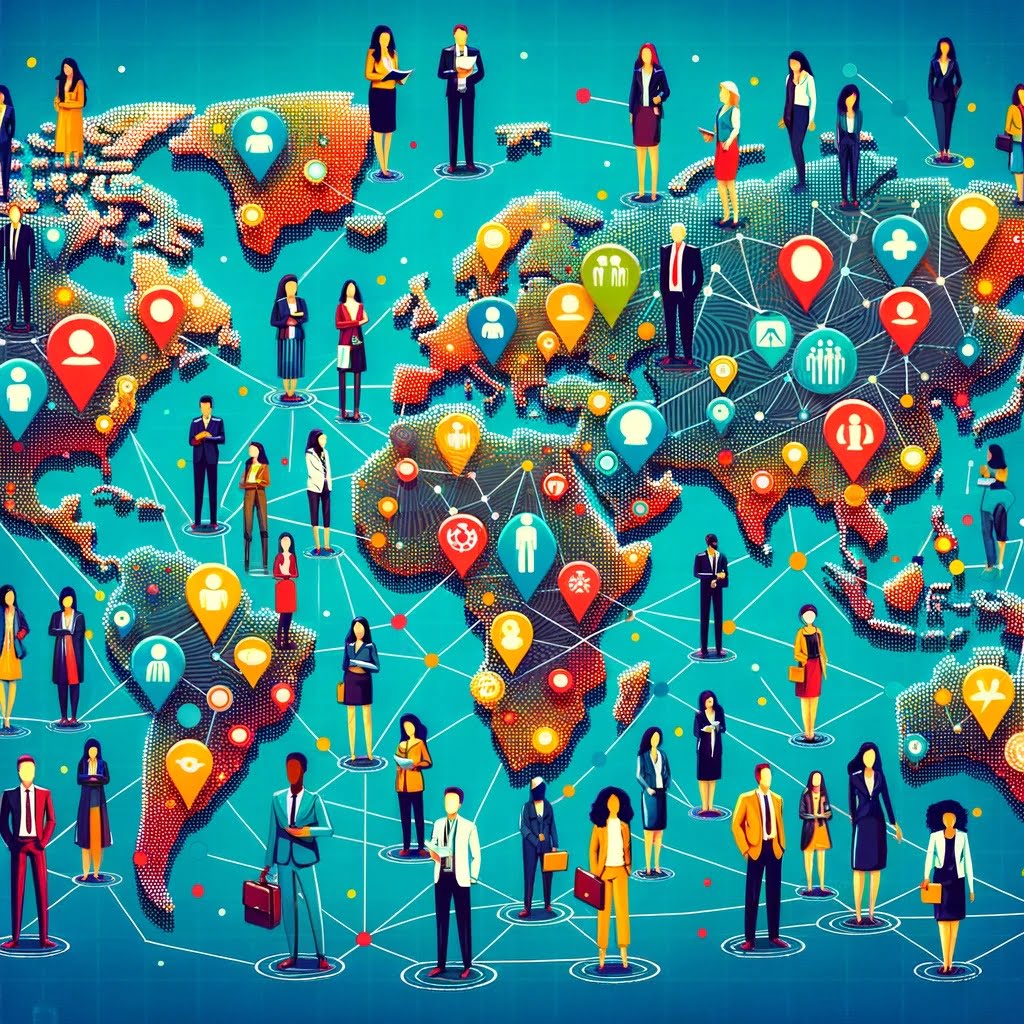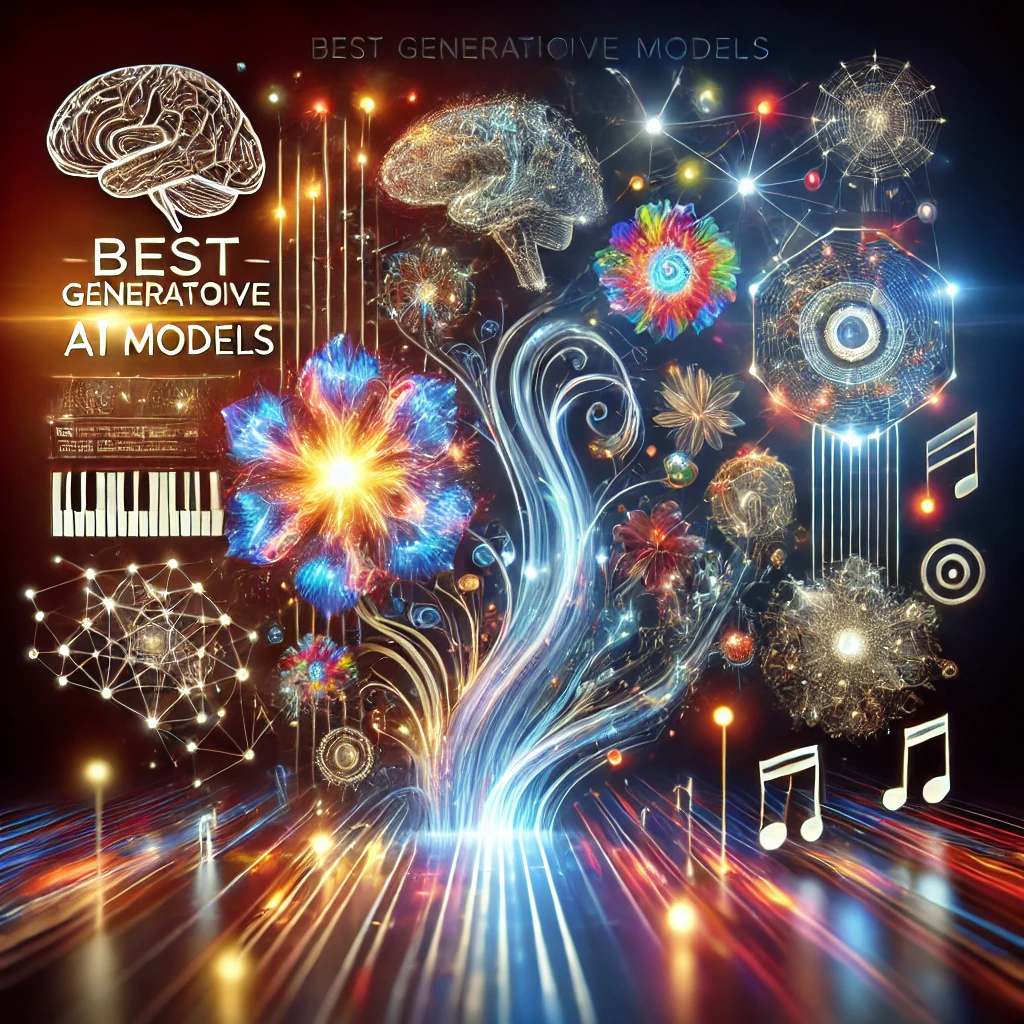The Intersection of Art and Technology: Generative Art

Introduction
Generative art represents a fascinating convergence of art and technology, allowing creators to use algorithms and computational processes to produce unique artworks. This innovative approach challenges traditional concepts of authorship and creativity, emphasizing the role of both the artist and the machine in the artistic process. As technology advances, generative art continues to evolve, inviting deeper exploration into the relationship between creativity and computation.
Content
- Defining Generative Art: Generative art is defined by its reliance on algorithms or systems that produce artworks autonomously. Artists set parameters through code, which then generates unpredictable results. Each piece of generative art is unique, reflecting the interplay of defined rules and random inputs.
- Historical Context: The origins of generative art can be traced back to the 1960s with pioneering artists like Frieder Nake and Harold Cohen, who explored computer-generated imagery. As technology has progressed, generative art has gained popularity and recognition, becoming a prominent aspect of contemporary artistic practices.
- Tools and Technologies: Artists use various programming languages and software tools to create generative art, including Processing, OpenFrameworks, and p5.js. These tools enable real-time generation of visual elements, often incorporating interactive features and audio components.
- Creative Applications: Generative art encompasses a wide array of applications, from digital paintings to immersive installations. Renowned artists like Casey Reas and Manfred Mohr have contributed significantly to the field, showcasing the potential of generative processes to create engaging and thought-provoking experiences.
- Cultural Impact: The rise of generative art in galleries and exhibitions has sparked important conversations about the nature of creativity and the role of technology in artistic expression. It prompts audiences to reconsider traditional definitions of art and highlights the collaborative potential between human creativity and machine processes.
Conclusion
Generative art exemplifies the innovative spirit at the intersection of art and technology, continuously reshaping how we understand and engage with creative practices in the digital age. As this field evolves, it challenges our perceptions of authorship and creativity, paving the way for new artistic possibilities and collaborations between humans and machines. For those interested in exploring generative art further, a wealth of resources and examples can be found online, showcasing the diverse and dynamic nature of this contemporary art form.






Responses